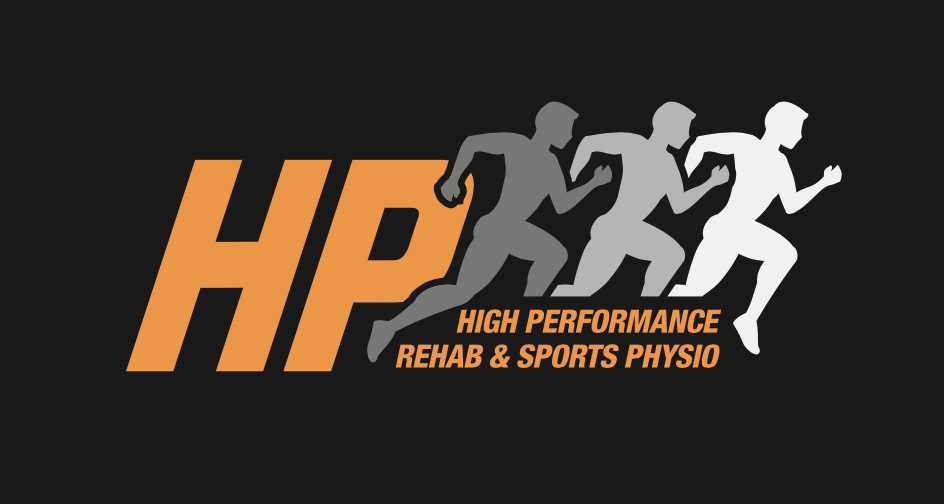PFPS is the most common cause of knee pain in runners. It is characterised by an ache directly under or around the knee, which often worsens the further you run. The injury is also prone to recurrence and chronic pain. This PFPS can be managed successfully in the short term, but often causes longer term issues as once the symptoms subside people cease managing what causes the pain (Davis and Powers, 2009). PFPS is more common in females, and more likely to occur in adolescence.
Causes
The cause of PFPS is commonly multifactorial.
As with other running injuries the causes are from biomechanical sources:
from the knee, hip and/or foot,
or from running overload, or a combination of both.
Knee
Poor tracking of the kneecap (Patella) in the knee grove (Trochlear grove) can occur locally at the knee. Over time this creates more load over a smaller surface area of the knee leading to pain. This maltracking can be contributed to by the anatomy of the knee, or hyper-mobility, or simply due to weakness of the quadriceps muscles.
Hip
The angle of the hip can contribute to the amount of load going through the anterior knee, as can the strength of the muscles around the hip. If the gluteal muscles in particular are weak, or do not switch on quick enough, this can lead to PFPS during activities such as running or going downstairs.
Foot
People with flatter (or pronated feet) can be more prone to anterior knee pain. Having pronated feet causes the knee to turn in which places greater load on the patella and leads to pain. A combination of simple orthotics and strength work around the foot can improve the biomechanics in the knee above and an improvement in PFPS.
Management
PFPS management will depend on which of the above issue(s) are contributing to your runners’ knee. Most commonly you need to address a combination of these factors to improve your pain. Ultimately management will depend on a through and accurate assessment of the causes of your PFPS.
For the Knee local strength work and McConnell strapping is effective in improving the knee maltracking and relieving symptoms. Runners with greater strength have been found to be less prone to anterior knee pain with running (Duffey et al, 2000). In particular quad strength.
Patellofemoral Joint Strapping
For the Hip the gluteal muscles are targeted with strength work. Exercises such as hip thrusts, crab walk and bridges target glute strength. This will decrease the load placed on the anterior knee when running.
Barbell Hip Thrust
For the Foot, orthotics and foot intrinsic muscle work will improve lower body tolerance of pounding the pavement and get the knee in a better position to decrease the load through the Patellofemoral Joint.
Practical Tips
Strength Work - Address your strength deficits. Whether it’s weakness around your knee, hip and/or foot strength work here will improve your running.
Strapping - For local knee tracking issues
Orthotics - Even generic orthotics can be very effective in helping alleviate PFPS if identified as a cause.
Sports Physio or Sports Doc - See a professional to assess the above and help design a plan to get you pain free with running.
Written By Chris Bailey - Titled Sports & Exercise Physio
References
Irene Davis & Christopher Powers (2009). Patellofemoral Pain Syndrome: Proximal, distal and local factors. Journal of Orthopaedic and Sports Physiotherapy.
Michael Duffey Et Al (2000). Etiologic factors associated with anterior knee pain in distance runners. Medicine & Science in Sport & Exercise



